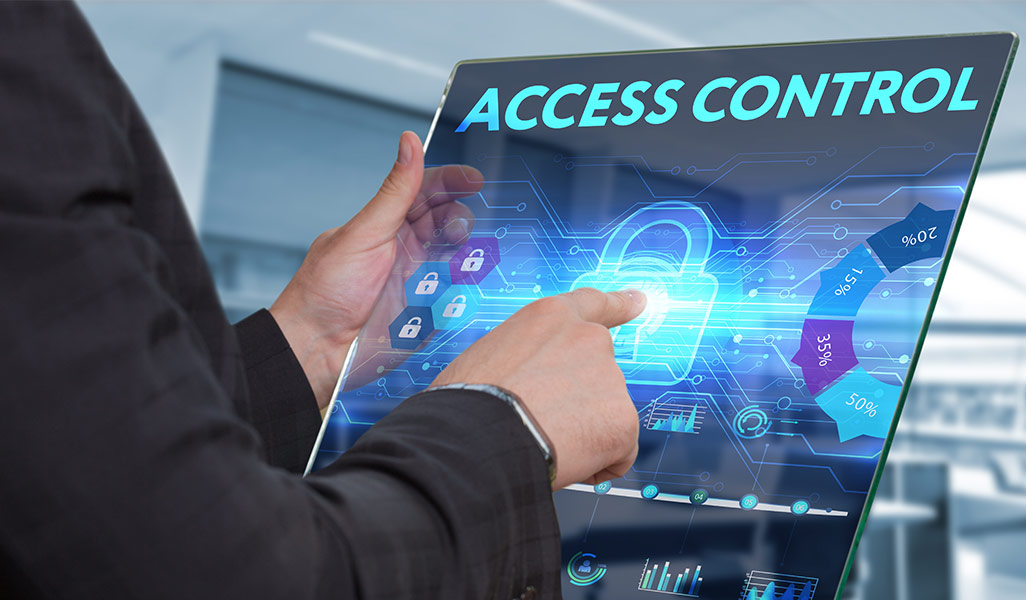We can help you keep your assets safe

Access control is a security technique that regulates who or what can view or use resources in a computing environment. It is a fundamental concept in security that minimizes risk to the business or organization.
There are two types of access control: physical and logical. Physical access control limits access to campuses, buildings, rooms and physical IT assets. Logical access control limits connections to computer networks, system files and data.
To secure a facility, organizations use electronic access control systems that rely on user credentials, access card readers, auditing and reports; to track employee access to restricted business locations and proprietary areas, such as data centers. Some of these systems incorporate access control panels to restrict entry to rooms and buildings as well as alarms and lockdown capabilities to prevent unauthorized access or operations.
We can help you keep your assets safe

Access control systems perform identification authentication and authorization of users and entities by evaluating required login credentials that can include passwords, personal identification numbers (PINs), biometric scans, security tokens or other authentication factors. Multifactor authentication, which requires two or more authentication factors, is often an important part of layered defense to protect access control systems.
These security controls work by identifying an individual or entity, verifying that the person or application is who or what it claims to be, and authorizing the access level and set of actions associated with the username or IP address. Directory services and protocols, including the Local Directory Access Protocol (LDAP) and the Security Assertion Markup Language(SAML), provide access controls for authenticating and authorizing users and entities and enabling them to connect to computer resources, such as distributed applications and web servers.
Organizations use different access control models depending on their compliance requirements and the security levels of information technology they are trying to protect.

A widely used access control mechanism that restricts access to computer resources based on individuals or groups with defined business functions — executive level, engineer level 1 — rather than the identities of individual users. The role-based security model relies on a complex structure of role assignments, role authorizations and role permissions developed using role engineering to regulate employee access to systems. RBAC systems can be used to enforce MAC and DAC frameworks.
Minimize risk from unahtorized access

The goal of access control is to minimize the risk of unauthorized access to physical and logical systems. Access control is a fundamental component of security compliance programs that ensures security technology and access control policies are in place to protect confidential information, such as customer data. Most organizations have infrastructure and procedures that limit access to networks, computer systems, applications, files and sensitive data, such as personally identifiable information and intellectual property.
Access control systems are complex and can be challenging to manage in dynamic IT environments that involve on-premises systems and cloud services. After some high-profile breaches, technology vendors have shifted away from single sign-on systems to unified access management, which offers access controls for on-premises and cloud environments.

Technology Solutions Unlimited, Inc. prides itself on relations with its clients. Please fill out the form below and we will provide you with a FREE QUOTE. Please allow 24-48 hours for a response to this and all e-mail correspondence from our website.